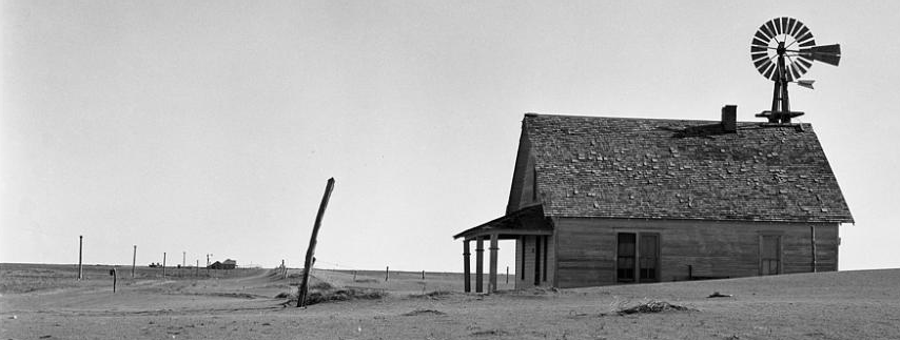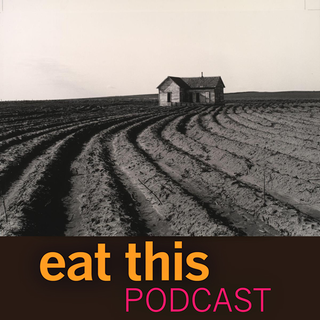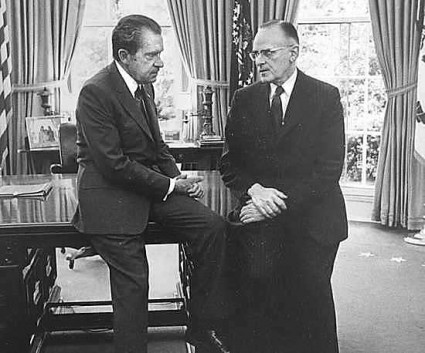Rachel Laudan had a thoughtful post on Monday. She was praising an article in The Atlantic, which pointed out that all those recipes for easy, simple to prepare, gourmet meals frequently turn out to be empty promises. I liked this quote from the article:
Real “easy” cooking, if that’s what you’re after, is far too simple to sustain a magazine and cookbook industry.
Rachel added her own reasons, number one of which is supermarket fatigue.
You have to negotiate the modern supermarket. The average supermarket carries nearly 39,000 different items. What other task is so likely to create decision fatigue until you have developed ways of blocking out most of the information screaming at you?
Two days later — probably without there having been any collusion — along comes Martin Lersch with a post about his grocery list and how it eases his passage through the supermarket and through the week’s cooking.
I have a generic list where I can tick of what I need. There’s enough space so I can add specifications and stuff that’s not on the list. In all its simplicity it is a list of what I normally get at the grocery store, organized according to food categories and the layout of my local supermarket. This saves time!
That approach won’t be for everybody. But if, like Martin, you make one big shopping trip a week, I reckon you could do worse than see whether you can adapt and adopt his system.
And another thing, this post is a testimony to the value of subscribing to websites that interest you. Martin hasn’t posted on his site in more than three years, but his latest popped up in my RSS reader and I was very happy to see it there.

 Remember Farm Aid, which launched in 1985? A lot of people do, and they tend to date the farm crisis in America to the 1980s, triggered by Earl Butz and his crazy love for fencerow to fencerow, get big or get out, industrial agriculture. And of course, land consolidation is inevitable, because if you’re going to invest in all that capital equipment to make your farm more efficient, you’re bound to buy up the smaller farmers who weren’t so savvy. Those “facts,” however, are anything but. They’re myths, on which much of the current criticism of American farm policy is built. There are others, too, and they’re all skillfully eviscerated by Nate Rosenberg and Bryce Wilson Stucki in a recent paper.
Remember Farm Aid, which launched in 1985? A lot of people do, and they tend to date the farm crisis in America to the 1980s, triggered by Earl Butz and his crazy love for fencerow to fencerow, get big or get out, industrial agriculture. And of course, land consolidation is inevitable, because if you’re going to invest in all that capital equipment to make your farm more efficient, you’re bound to buy up the smaller farmers who weren’t so savvy. Those “facts,” however, are anything but. They’re myths, on which much of the current criticism of American farm policy is built. There are others, too, and they’re all skillfully eviscerated by Nate Rosenberg and Bryce Wilson Stucki in a recent paper.
